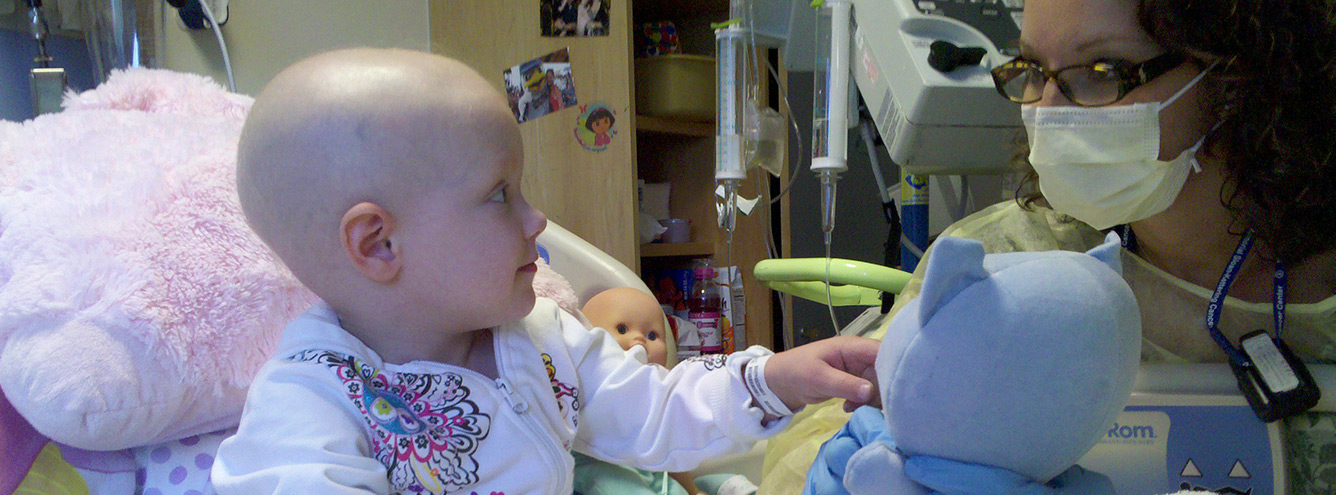Talking about vision loss and blindne ss with your child is an important part of parenting.
ss with your child is an important part of parenting.
The UK Royal National Institute for the Blind has produced this excellent guide for parents preparing to talk with children about a diagnosis and its impact on vision. The helpful tips and strategies included in this handbook can get you started, and assist you with the planning, timing and wording.
Listen To Your Child
Most importantly, once you have shared the information with your child about their diagnosis and treatment, and its impact on their vision, it is time for you to actively listen to your child. Allow them to share their thoughts and feelings about vision loss and blindness, and any concerns or question they might have for you and the greater medical team.
Listen to your child’s cues when discussing sight loss together. Many children need time to process big pieces of information, and this may include taking breaks to play while they think through any questions or feelings they have about vision loss. They may raise the subject days or weeks later with an unprompted question, or during a play activity. Or they may only feel a need to discuss it further in response to a future experience.
Here are some reminders about good listening:
- Give your child your full attention.
- Remain relaxed and engaged.
- Respect your child’s point of view.
- Reserve judgement.
- Avoid interrupting.
- Give nonverbal cues to show your interest, if appropriate and your child can see them. Holding hands, a gentle hug when sitting side by side, or a light loving touch on the forearm or shoulder, may also encourage your child’s conversation.
Your Child Learns From You
Parents are the child’s first teachers and role models. Usually children are more affected by what parents do, than by what they say. So by using positive role modelling through sharing thoughts and feelings openly, you encourage your child to communicate their own thoughts, feelings and questions. This positive behaviour can also boost a child’s self-confidence to share their feelings and advocate effectively for themselves in the future.
Remember also that parents’ and children’s feelings and coping about vision loss may be different, for many reasons. Neither is right or wrong, only what is important for the individual at the time.
SHARE but don’t SCARE your child with regard to your own parent-feelings about your child’s vision impairment/loss. Parents are considering ALL the future possibilities and limitations of vision loss, while young children are often focused on the immediate world – what’s impacting them now. Older children and youth are more aware of possibilities and limitations, so they may share some of their parents’ concerns, or they may not.
Supporting Your Child’s Independence
No matter if the vision changes are small or big, it is important to stimulate open communication about vision and vision loss from the start. You can promote your child’s independence with a vision impairment using a wide range of resources and materials. Helping to improve functional vision, increasing access with assistive technology and advocacy, and building confidence with mobility and skills training.
It is also so important to embrace and accept a significant amount of interdependence, between you and your child – you are a team! Vision impairments and blindness do not have to be limiting.
Here are some strategies to consider:
- Glasses for improved vision and protection.
- Patching to achieve the best possible vision when both eyes have some sight.
- Choosing toys, games, books and activities your child can fully engage with.
- Working with your child to identify supports they may need during activities, any people who need to know about their vision loss for safety or support reasons, and why/when/what/how you and your child would prefer those people to be told.
- Reading picture books with your vision impaired child in mind.
- Positioning of classroom seating for improved view/visibility.
- Magnifiers and Larger screens.
- Enlarged fonts and cursors.
- High contrast screen (white text on black background).
- Screen readers to read documents, webpages and smart devices aloud.
- Testing apps and games for accessibility with the tools your child uses, before you give them to your child, to avoid upset if you find they are not accessible.
- Learning how to create accessible documents so your child can access the material you create if they use any assistive technology.
- Building life skills with professionally trained to support blind and vision impaired children. Talk with your child’s ophthalmologist, social worker, paediatrician or school about the services that may be available in your area. These may include:
- Occupational therapist
- Vision loss rehabilitation specialist
- Orientation and Mobility Instructor
- Psychological support from a child life specialist or counsellor
- TVIs – Teacher of the Vision Impaired, including braille learning.
- Technology specialists

